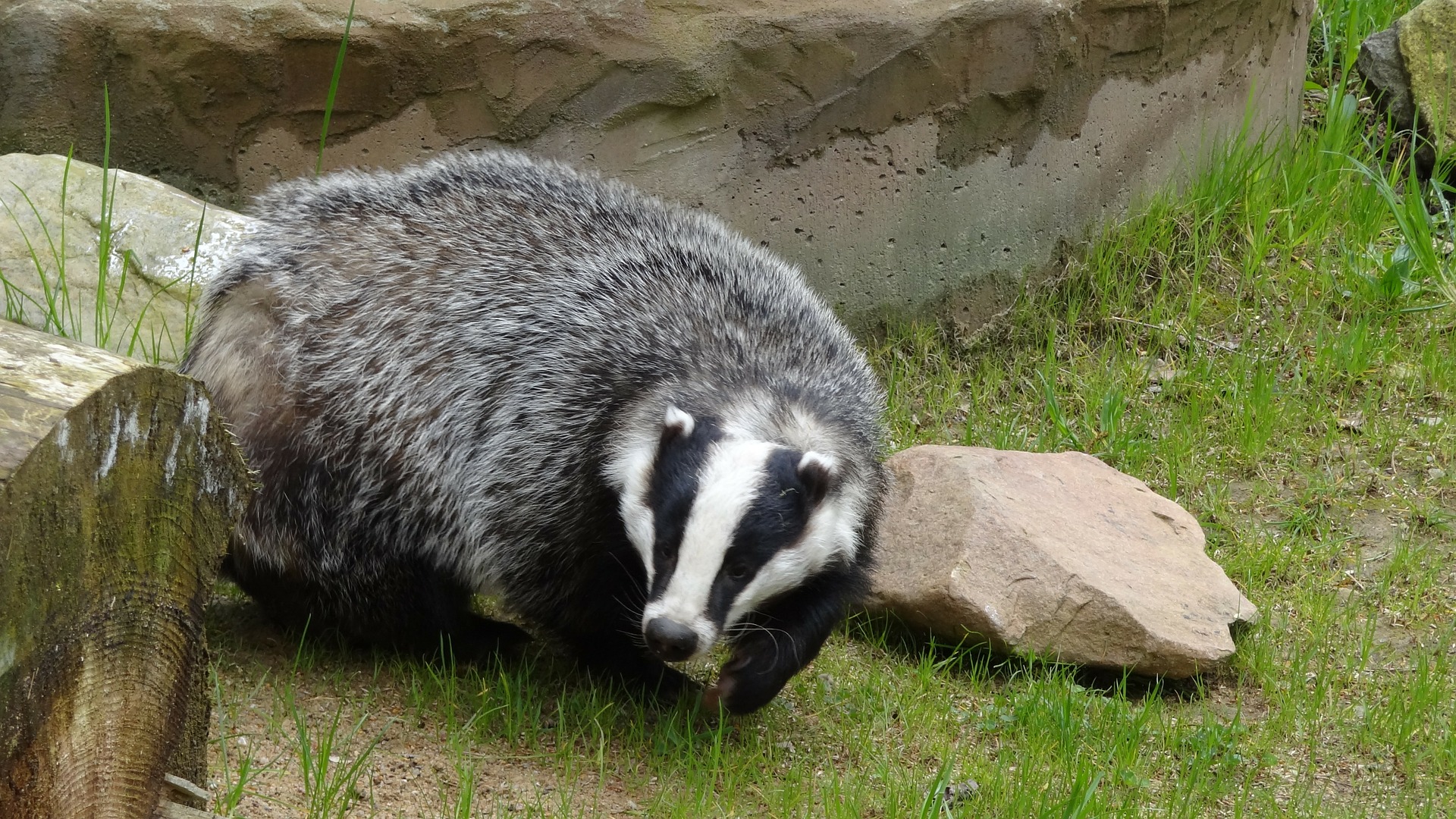
A study has revealed that badger culling forces the animals to roam further afield, increasing the risk of dispersing tuberculosis (TB) to cattle.
The researchers found that badger culls might increase the risk of TB spreading to cattle. The study, led by zoologist Sir Charles Godfray from Oxford University urges the UK government to look for alternatives to culling in solving the badger problem.
Co-author Rosie Woodroffe, from the Zoological Society of London, pointed out that the results confirmed the scientific consensus that culling will at best slow the spread of TB only to a modest extent. However, the risk that it could potentially accelerate infection is also present.
Prof. Woodroffe said: "There is an expectation from some farmers that the cull will be a silver bullet and it will make everything much better. But these results explain why those expectations are so misplaced. Culling is a very imperfect way of controlling the spread of TB from badgers to cattle."
The government commissioned its own review of the culls and claimed that its own research showed that the culls were working although it has yet to respond to the recommendations.
Dominic Dyer, chief executive of the Badger Trust, argued that the decision of the government to give culling licenses in 11 new areas prior to responding to its own review of badger policy was "a national disgrace".
Dyer added: "Badger vaccination removes the risk of perturbation and brings farmers and wildlife protection groups together in a spirit of mutual respect, trust and confidence. The focus should then be moved to improving TB testing systems, bio security measures and cattle control movements, as recommended in the Sir Charles Godfray TB Policy Review."
A Department for Environment, Food and Rural Affairs (DEFRA) spokesperson said that the department would be responding to Godfray's review in the "near future".






